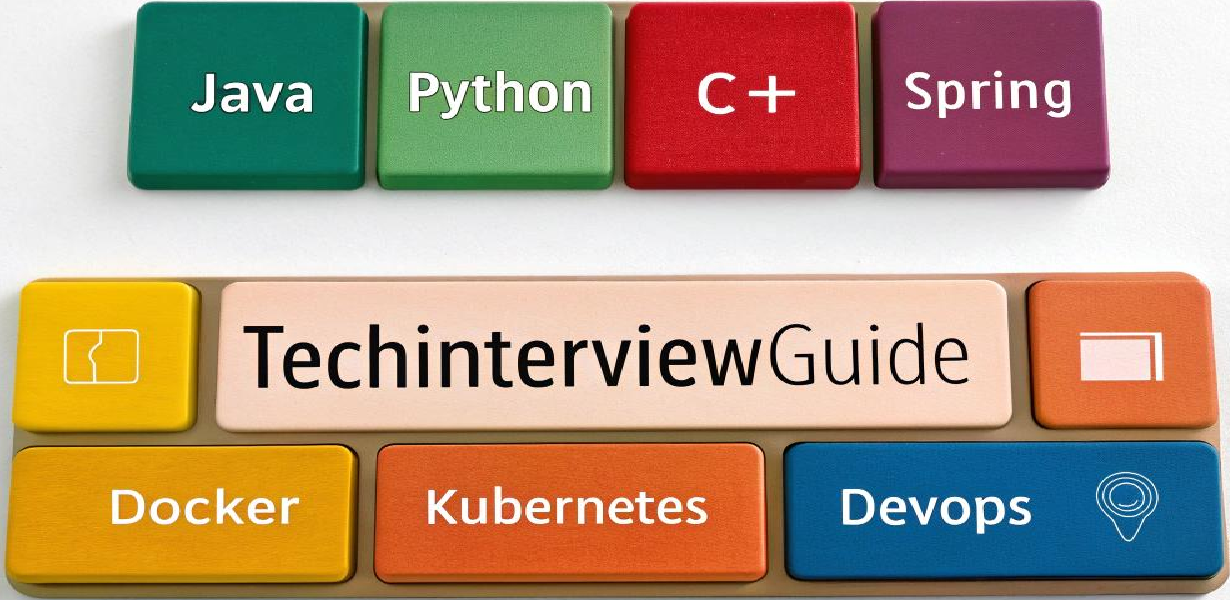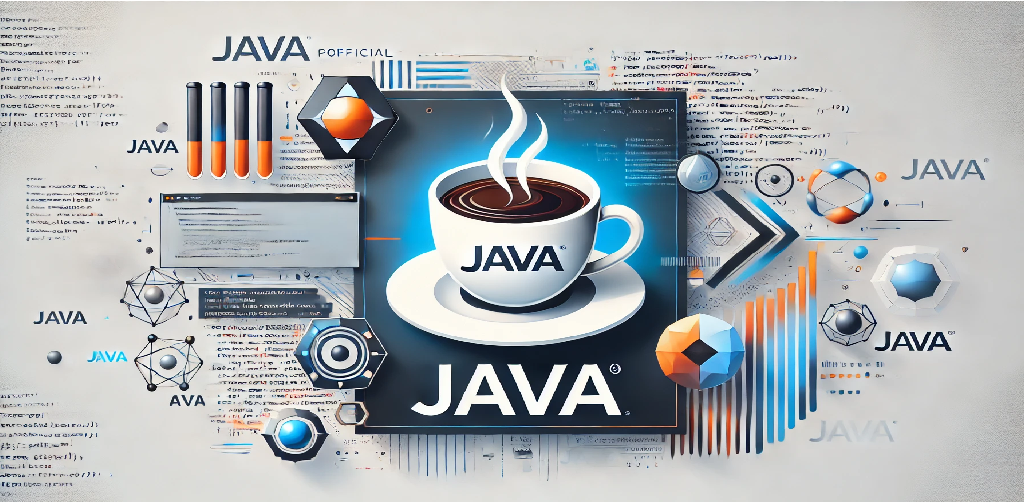In Java, the ScheduledFuture interface is a specialized version of the Future interface, extending its functionality to include methods for working with tasks scheduled to run in the future at specific intervals or times. It allows developers to schedule tasks and retrieve their execution status in a non-blocking way. The main purpose of ScheduledFuture is to represent the result of an asynchronous computation that can be scheduled for future execution and can be retrieved using get() or similar methods. This interface is essential for tasks that need to be executed periodically or at a fixed time.
The ScheduledFuture interface extends the Future interface, which means it inherits all the methods of Future (such as get(), cancel(), etc.) and adds new functionality for scheduling tasks. This makes it ideal for use with Java’s ScheduledExecutorService, a service that can schedule commands to run after a given delay or periodically.
### How ScheduledFuture Fits into Java’s Concurrency Framework
To fully understand the role of the ScheduledFuture interface, let’s first take a quick look at how tasks are executed and scheduled in Java.
Java provides several ways to execute tasks concurrently, such as using ExecutorService and ScheduledExecutorService. The ScheduledExecutorService is a subinterface of ExecutorService that allows you to schedule tasks for one-time execution or repeated execution at fixed intervals. It is part of the java.util.concurrent package, which is designed to simplify the complexities of concurrency in multi-threaded environments.
The ScheduledExecutorService provides methods like schedule(), scheduleAtFixedRate(), and scheduleWithFixedDelay() to schedule tasks. When these methods are invoked, they return a ScheduledFuture object that allows you to track the progress of the scheduled task.
### Key Methods in the ScheduledFuture Interface
As mentioned earlier, the ScheduledFuture interface inherits all the methods from Future, along with some additional methods designed to deal with scheduled tasks:
- getDelay(TimeUnit unit) – This method returns the remaining delay before the task is executed. The delay is returned in the given time unit, such as seconds or milliseconds.
- isPeriodic() – This method returns a boolean indicating whether the task is periodic (i.e., whether it will repeat itself) or not.
### Example Code: Scheduling a Task with ScheduledFuture
Here’s a simple example of how to use ScheduledFuture with a ScheduledExecutorService to schedule a task that prints “Hello, World!” after a delay of 5 seconds:
import java.util.concurrent.*;
public class ScheduledFutureExample {
public static void main(String[] args) {
// Create a ScheduledExecutorService
ScheduledExecutorService scheduler = Executors.newScheduledThreadPool(1);
// Create a task to be executed
Runnable task = () -> System.out.println("Hello, World!");
// Schedule the task with a 5-second delay
ScheduledFuture future = scheduler.schedule(task, 5, TimeUnit.SECONDS);
try {
// Wait for the task to complete and get the result (if any)
future.get();
System.out.println("Task completed!");
} catch (InterruptedException | ExecutionException e) {
e.printStackTrace();
}
// Shut down the scheduler
scheduler.shutdown();
}
}
In this example, we create a ScheduledExecutorService and use its schedule() method to schedule a task that prints “Hello, World!” after a delay of 5 seconds. The ScheduledFuture object returned by the schedule() method can be used to track the execution of the task. We then call get() to wait for the task to complete and print a confirmation message.
### Scheduling Periodic Tasks with ScheduledFuture
A common use case for ScheduledFuture is scheduling periodic tasks. Let’s see an example of how you can schedule a task that runs every 2 seconds:
import java.util.concurrent.*;
public class PeriodicTaskExample {
public static void main(String[] args) {
// Create a ScheduledExecutorService
ScheduledExecutorService scheduler = Executors.newScheduledThreadPool(1);
// Create a task to be executed
Runnable task = () -> System.out.println("Periodic task executed");
// Schedule the task to run every 2 seconds
ScheduledFuture future = scheduler.scheduleAtFixedRate(task, 0, 2, TimeUnit.SECONDS);
try {
// Run the task for 10 seconds before stopping the scheduler
Thread.sleep(10000);
} catch (InterruptedException e) {
e.printStackTrace();
}
// Shut down the scheduler
scheduler.shutdown();
}
}
In this example, the task is scheduled to run every 2 seconds using scheduleAtFixedRate(). The task will continue to execute periodically at fixed intervals until the scheduler is shut down. You can use the ScheduledFuture object to monitor the task’s status, and methods like cancel() can be used to cancel the task if needed.
### Conclusion
In conclusion, the ScheduledFuture interface in Java is a powerful tool for scheduling tasks to execute in the future. Whether you need to run a task once after a delay or schedule it to run periodically, ScheduledFuture provides a way to manage these tasks asynchronously. By working with a ScheduledExecutorService, you can effectively schedule and monitor tasks in a clean, non-blocking manner, improving the efficiency of concurrent applications.
Java’s concurrency framework, including the ScheduledFuture interface, helps developers build more efficient and responsive applications by enabling better handling of tasks that need to be executed in the future. It’s an essential tool in the toolbox of any Java developer working with multi-threading or task scheduling.


I am really inspired with your writing skills as well as with the
format on your weblog. Is this a paid theme or did you modify it your self?
Either way keep up the excellent quality writing, it is rare to see a great blog like this
one these days. Youtube Algorithm!